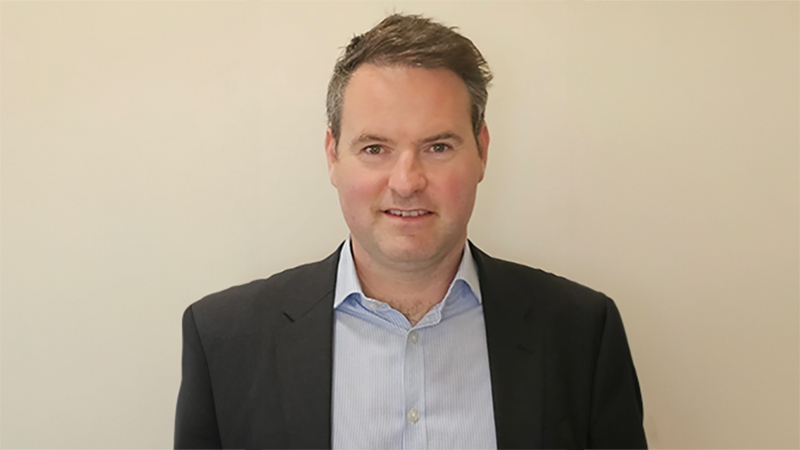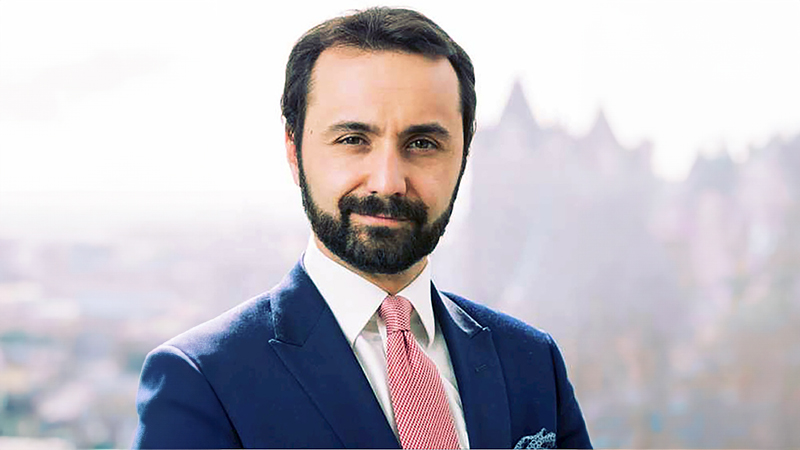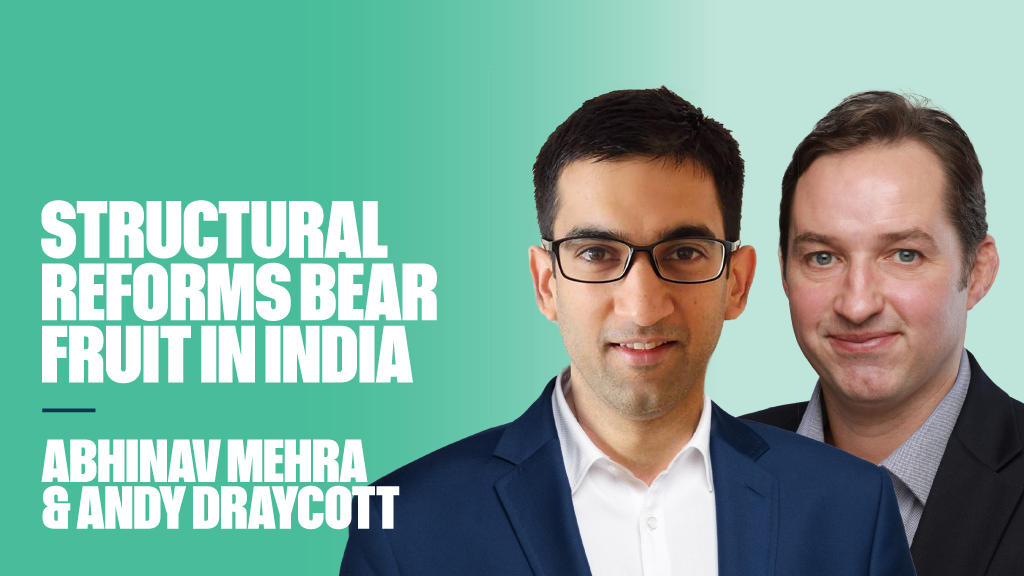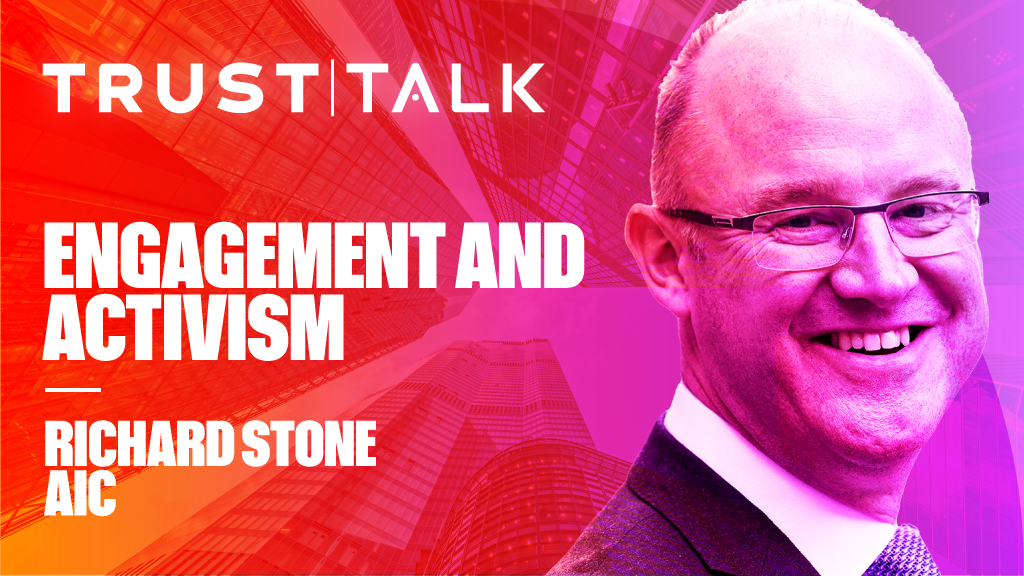This year has favoured the brave investor and especially those who made the plunge into growth areas. But of course this isn’t the first year that growth has triumphed over value. The class of so-called traditional value stocks, like the miners, retailers and financials, have had a rough time in the aftermath of the global financial crisis.
It is usually at this point during a discussion about growth’s decade-long winning streak that ardent value-style devotees will point out the extensive academic research that supports their investment strategy over a long time horizon of 50 to 60 years.
7IM’s senior investment manager and passives specialist Peter Sleep points out that the current growth/value dynamic bears a striking resemblance to the way things were around the time of the dot com bubble.
“We’re now going through a similar process,” he says. “I don’t know if we are in a bubble, but we have certainly got leadership with the FANG stocks, and the slow growth steady eddy stocks, like your British American Tobacco’s.”
The “main culprit” behind growth’s decade long success is the coordinated ultra-loose monetary policy pursued by central banks globally post-financial crisis, says Robin Hepworth, manager of EdenTree’s Higher Income and Amity International funds.
“Having low rates of interest increases the value of growth stocks,” he explains. “The lower the discount rate you apply to future earnings, the higher the value.”
With central banks’ hands at the wheel ready to begin the tightening process, will value be able to make a comeback at long last?
The inflation question
As a self-professed value investor, Hepworth admits he has had a “pretty tough time” in recent years. On a five-year view, his value-biased £402m income fund has landed in the fourth quartile, only returning 46.1% against the 51.7% generated by the Investment Association’s Mixed Investment 40-85% shares category according to FE. Over ten years, the fund has returned 107.3% versus the sector’s 65.1%.
But the current phenomenon of synchronised global growth reflected in improving PMI numbers, a “comeback” for global trade, near peak capacity utilisation, wage pressure from low unemployment levels and higher credit, all point to higher inflation and higher interest rates, he argues.
“We have seen a relatively short period where value hasn’t outperformed, but we’re expecting a resumption of that long-term outperformance to take place and all the factors seem to be in place for it to happen in 2018,” he says.
That’s assuming inflation and interest rates do rapidly pick up next year, which Brewin Dolphin’s head of research, Guy Foster, says is far from certain.
The Federal Reserve has taken a much more dovish rate rising path than analysts anticipated they would in the beginning of the year. Meanwhile, the Bank of England has only just hiked rates for the first time in decade and the European Central Bank president Mario Draghi could conceivably finish his term without hiking rates once.
“Without inflation picking up, there is no reason for interest rates to be going anywhere near 5%,” says Foster.
But will growth outperform value outright? Foster thinks broadly so, but adds he expects to see some “ebb and flow”.
“Broadly, I think growth will outperform value because I don’t expect a big return in inflation. We have what we call a hawkish scenario where rates rise more in line with the 2004 to 2006 pace rather than our core scenario which is four Fed rate hikes.”











